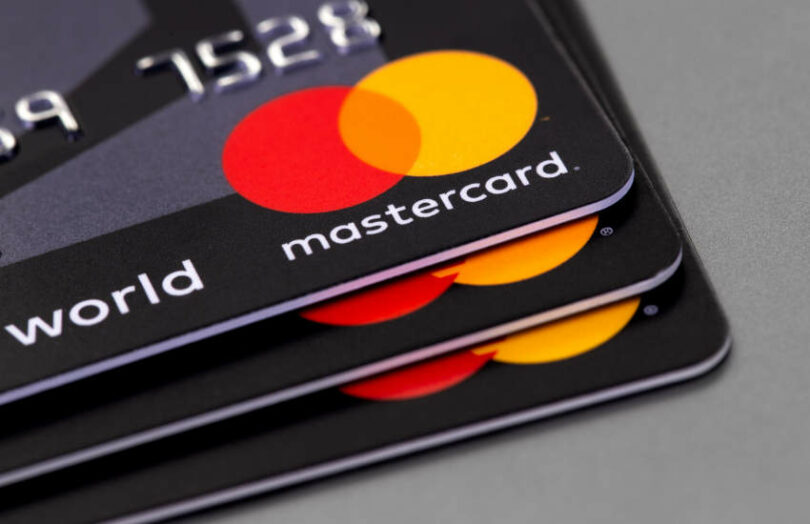Australian web3 startup Immersve has a new Mastercard offering that enables Australian and New Zealand users to pay with cryptocurrency using their Immersve Mastercard anywhere they see a Mastercard sign. Crypto cards are no longer novel. However, the distinctive Immersve feature is the crypto can be in a self-hosted wallet rather than being held at a crypto exchange.
To date, Mastercard and Visa offerings for crypto payments have invariably been tied to an exchange or company that holds the cryptocurrency in custody.
There was already a move to enable users to onramp or offramp fiat currency from crypto wallets directly, without going via an exchange. That was accelerated with the collapse of FTX.
With the Immersve card, payments can be made offline or online and for real goods or in the metaverse.
How does it work?
In addition to entering the Mastercard details for payment, the user must approve the transaction in the self-hosted wallet using their private key. So it involves a two step process. In contrast, most crypto cards with crypto held in custody just involve swiping the card for payment. Those who desire to use a self-hosted wallet are likely to be fine with this slight inconvenience.
Immersve is partnering with a third-party settlement provider and customers will use the USDC stablecoin for payments which will be converted to fiat currency and settled via the Mastercard network.
What’s unclear in the announcement is whether a user can pay with ETH or some other crypto. We assume they can, but we didn’t get a response from Immserve in time for publication. Most crypto cards involve the user paying with ETH or another cryptocurrency that gets converted to a stablecoin by the cryptocurrency exchange, and that stablecoin is used for the payment.
In the case of a self-hosted wallet, the question is whether a user can use any cryptocurrency and how it gets converted to USDC. Is that conversion done via a centralized exchange or a decentralized exchange? We’re guessing the crypto gets transferred to a centralized operator, converted to USDC, and then used for the payment. This reduces any potential risk for the crypto holder to just the payment amount for a short period.
The solution supports KYC/AML and online fraud detection using Mastercard solutions such as CipherTrace. Mastercard launched its Crypto Secure service in October 2022.
“In the past three years, the number of people using blockchain-based wallets doubled to more than 80 million. Looking ahead, digital wallets are likely to become as ubiquitous as email addresses,” said Sandeep Malhotra, Mastercard EVP, Products & Innovation in Asia Pacific.
“As Web2 and Web3 increasingly converge, Mastercard remains committed to partnering with like-minded organizations like Immersve to scale and secure the blockchain ecosystem to make simple, safe cryptocurrency transactions, and even payments in the metaverse, easily accessible to billions of consumers.”






